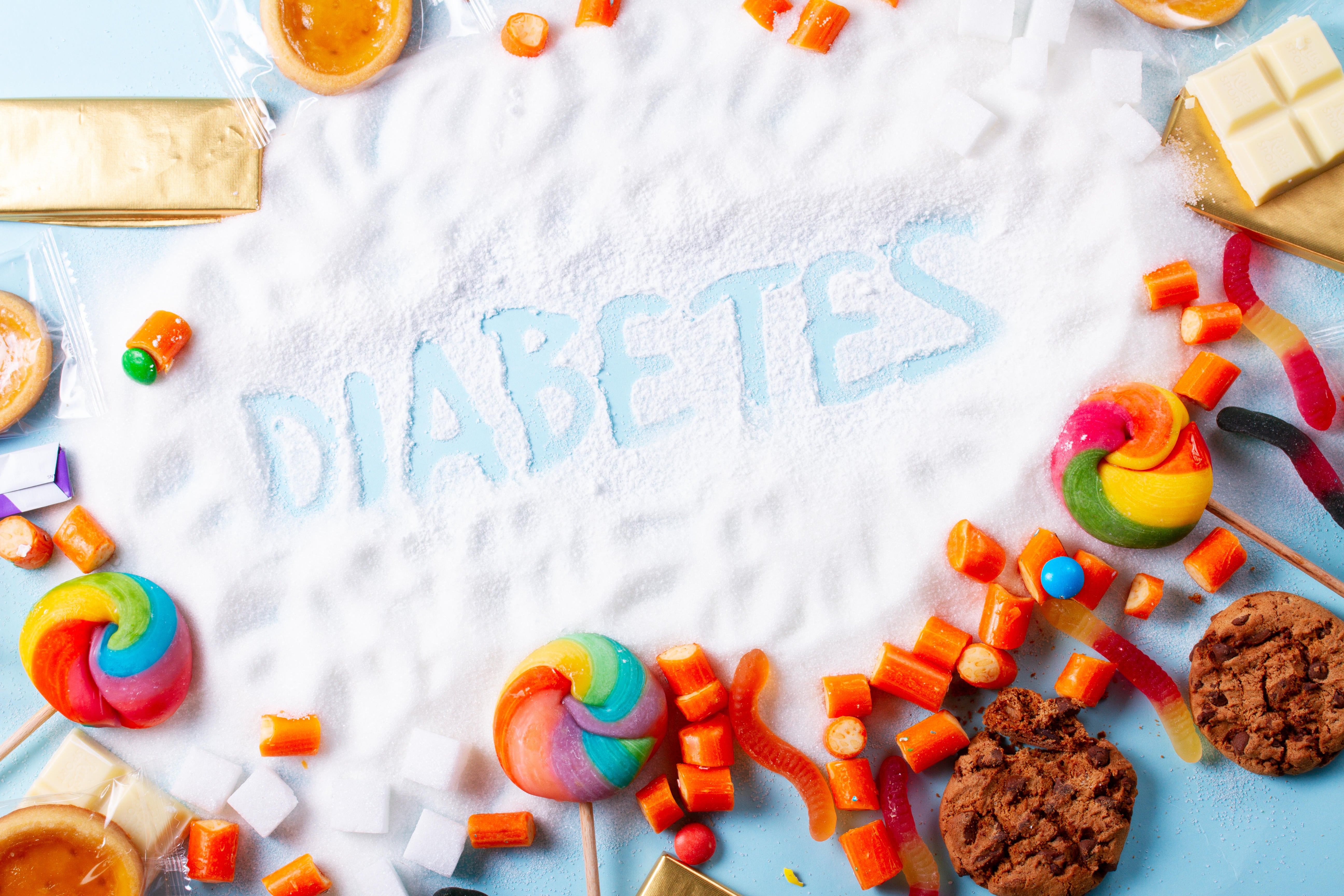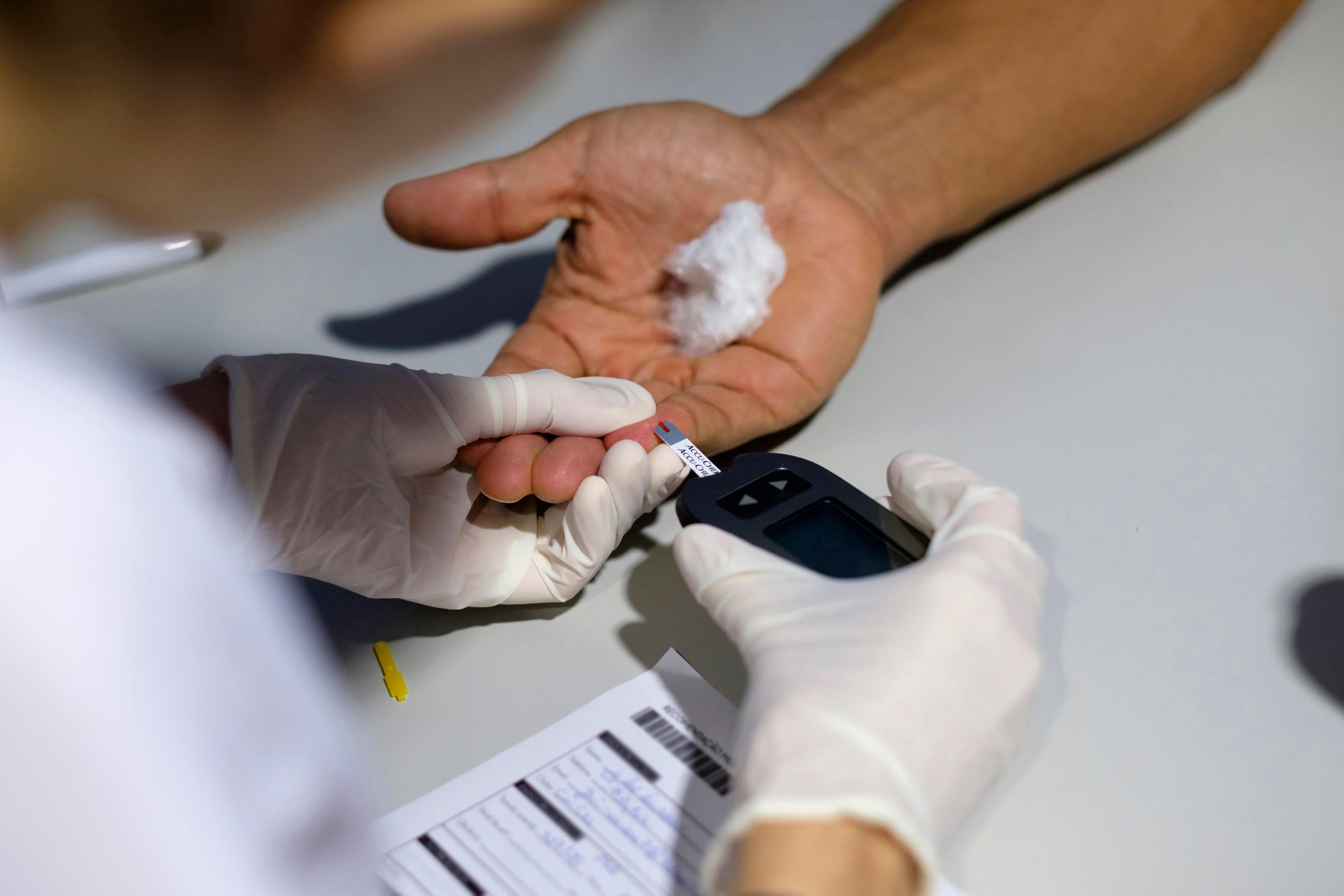Your support helps us to tell the story
From reproductive rights to climate change to Big Tech, The Independent is on the ground when the story is developing. Whether it’s investigating the financials of Elon Musk’s pro-Trump PAC or producing our latest documentary, ‘The A Word’, which shines a light on the American women fighting for reproductive rights, we know how important it is to parse out the facts from the messaging.
At such a critical moment in US history, we need reporters on the ground. Your donation allows us to keep sending journalists to speak to both sides of the story.
The Independent is trusted by Americans across the entire political spectrum. And unlike many other quality news outlets, we choose not to lock Americans out of our reporting and analysis with paywalls. We believe quality journalism should be available to everyone, paid for by those who can afford it.
Your support makes all the difference.
More than one in five adults in the UK are estimated to be living with diabetes or prediabetes, according to new analysis by Diabetes UK.
The charity has warned of a “hidden health crisis” and called on the government to take urgent action.
In an open letter to the Prime Minister and Health Secretary, the charity urged the identification of millions of undiagnosed cases and increased investment in preventative programmes.
The new figures reveal a record high of 4.6 million people diagnosed with diabetes in the UK, an increase from 4.4 million reported just a year ago. This includes approximately 8% with type 1 diabetes, where the body doesn’t produce insulin, and 90% with type 2 diabetes, where the body doesn’t use insulin effectively. A further 2% live with rarer forms of the condition.
Diabetes UK estimates an additional 1.3 million people are living with undiagnosed type 2 diabetes. Coupled with the estimated 6.3 million people with prediabetes, a condition marked by higher than normal blood sugar levels that can develop into type 2 diabetes, the total number of people affected by diabetes or prediabetes surpasses 12 million – equivalent to more than one-fifth of the UK’s adult population.
While prediabetes carries an increased risk of developing type 2 diabetes, Diabetes UK emphasizes that it can be reversed through lifestyle changes such as adopting a healthy diet and incorporating regular exercise. The charity is advocating for greater investment in programmes that promote these preventative measures.
Commenting on these statistics, Colette Marshall, chief executive of Diabetes UK, said: “These latest figures highlight the hidden health crisis we’re facing in the UK, and underline why the Government must act now.
“With more people developing prediabetes and type 2 diabetes at a younger age, it’s also critical that much more is done to find the missing millions who either have type 2 diabetes or prediabetes but are completely unaware of it.”
So, what is prediabetes exactly, and what should we know about it?
What is prediabetes?
“Non-diabetic hyperglycaemia, more commonly known as prediabetes, means that a person’s blood sugars are higher than usual, but not high enough for them to be diagnosed with type 2 diabetes,” says Douglas Twenefour, head of clinical at Diabetes UK. “Having higher than normal blood sugars means someone is at high risk of developing type 2 diabetes.”
What are some common misconceptions about it?

“Prediabetes has sometimes been related to a feeling of inevitability that a diagnosis of type 2 diabetes cannot be prevented. But we know that many people may be able to prevent or delay type 2 diabetes with the right support,” clarifies Twenefour.
Do you display any symptoms with prediabetes?
“Prediabetes doesn’t have any symptoms, and if you start to have any of the signs and symptoms of type 2 diabetes which can include going to the toilet more often, especially at night, and feeling tired, it means you have probably already developed it,” says Twenefour. “So, it’s important to know the risk factors and what support is available that could help prevent or delay type 2 diabetes.”
Who is more at risk?
“The reasons why someone develops type 2 diabetes are multiple and complex, they include genetic, environmental and biological factors,” says Twenefour. “Some of the risk factors for type 2 diabetes include living with obesity, being over the age of 40, or 25 for those from African-Caribbean, Black African or South Asian communities, living with a high waist measurement, or having an immediate family member with diabetes.
“Other factors in your environment, like poverty or deprivation and inequality, may also increase your risk.”
How is it diagnosed?

“People are commonly identified by their GP, or in England following an NHS Health Check, or online such as through Diabetes UK’s free online Know Your Risk tool,” says Twenefour. “Higher than normal blood sugars can be detected via blood tests and these tests help healthcare teams to understand a person’s risk of developing type 2 diabetes.”
Dr Matt McCarter, NHS GP and clinical lead at Habitual, says a HbA1c test or fasting blood sugar test are usually used.
“These should be carried out during regular checks for those who are high risk, such as those with high blood pressure, high cholesterol, obesity and/or people who have previous experienced a heart attack or stroke,” says McCarter.
What can people do to prevent prediabetes from developing into type 2 diabetes?

Monitor blood sugar levels
“Regular check-ups can help track progress and make necessary adjustments,” says McCarter.
Quit smoking
“Smoking increases insulin resistance,” notes McCarter.
Increase physical activity

“Aim for at least 150 minutes of moderate exercise per week,” advises McCarter.
Adopt a healthy diet
“Focus on whole grains, vegetables, lean proteins, and reduce sugary foods,” recommends McCarter.
Lose weight
“Even a modest weight loss (5-10% of body weight) can significantly reduce risk,” says McCarter.


